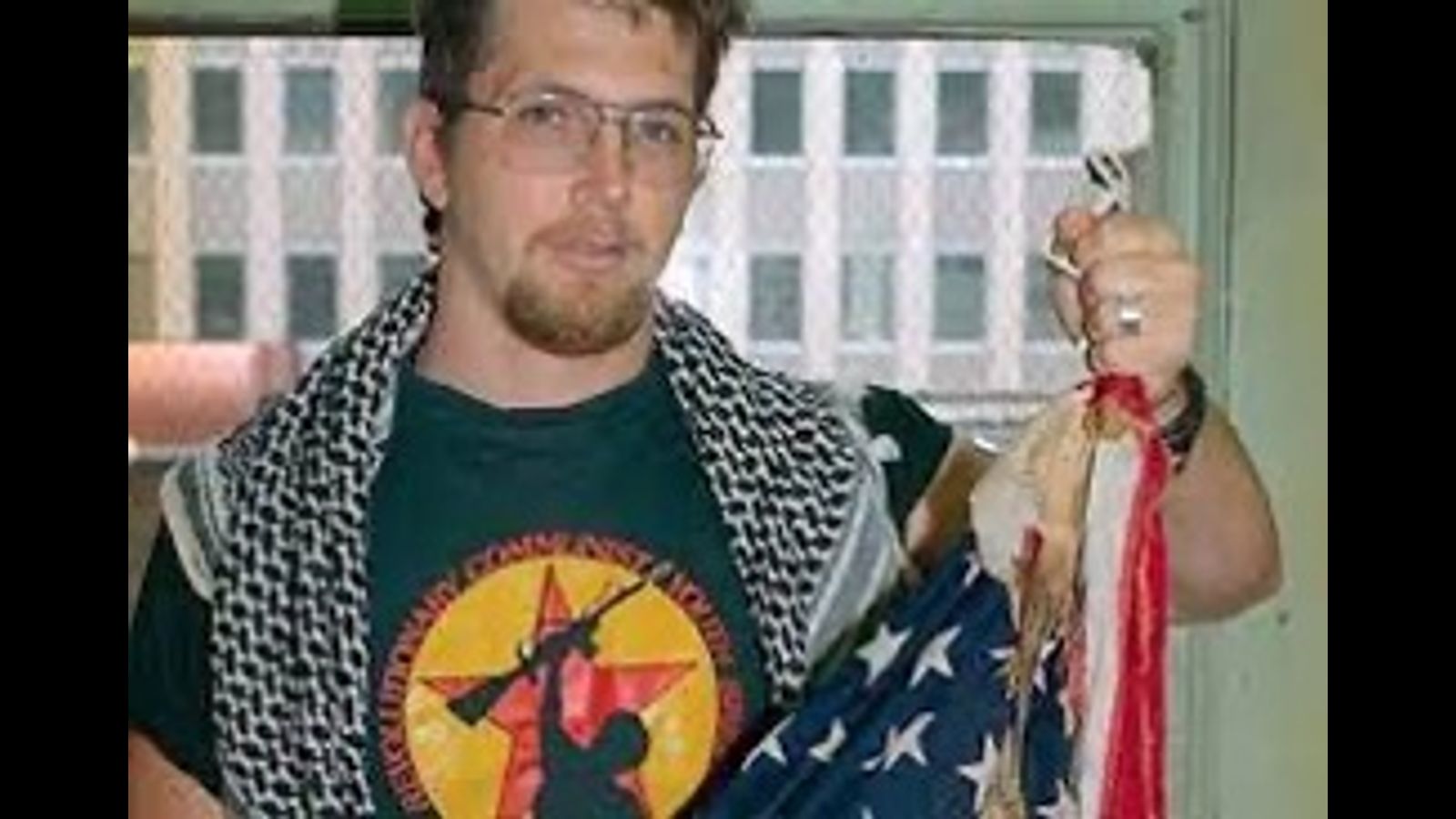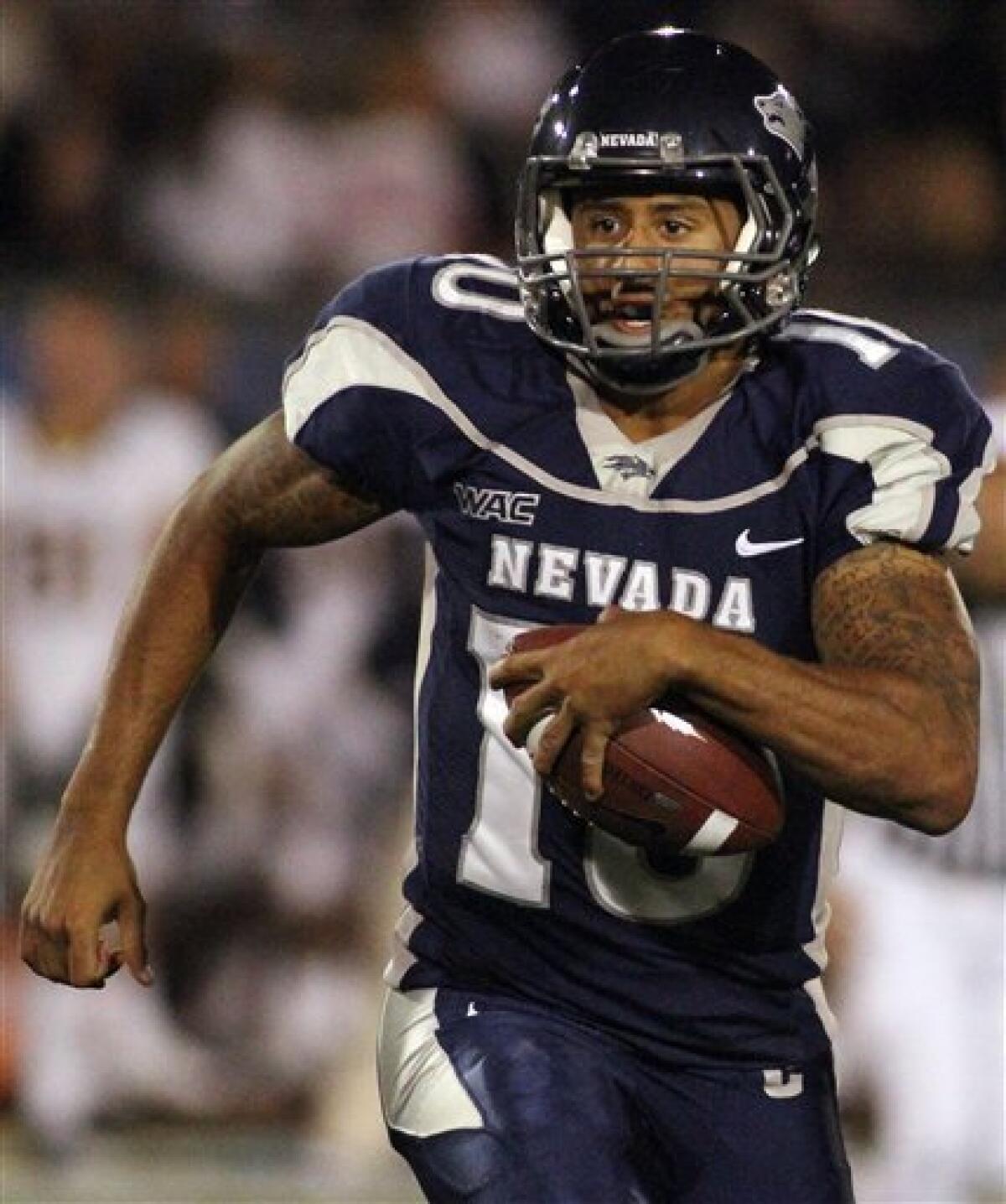According to the Supreme Court of the United States, flag burning is a permissible form of political expression that is protected by the First Amendment to the United States Constitution. Incongruously, however, Colin Kaepernick was not protected when he knelt during the playing of the national anthem before games in the 2016 NFL season. To the contrary, he was blackballed by the NFL.
How did this come to pass?
:max_bytes(150000):strip_icc():focal(649x0:651x2)/colin-kaepernick-muhammad-ali-legacy-award-704177d1087a4205aa7ca99e494ecd14.jpg)
Background
The flag burning case that was decided by the United States Supreme Court involved circumstances that differ from the “take a knee” movement in the NFL. However, both involve basic political protests, and it is illuminating to assess the two side-by-side.
The Flag Burning Case
The U.S. Supreme Court’s decision in Texas v. Johnson, 491 U.S. 397 (1989) arises out of the following facts: In 1984, Gregory Lee Johnson burned an American flag in front of a government building in Dallas, Texas. Johnson burned the flag in order to protest policies of the Reagan Administration. Several onlookers were “seriously offended by the flag burning.” Texas authorities prosecuted him for violating a state criminal law prohibiting flag desecration. He was found guilty and sentenced to serve one year in jail.
Johnson appealed. His case went all the way up to the U.S. Supreme Court, which held that when an individual burns an American flag in the course of a protest, the act of burning the flag constitutes a form of expression that is protected by the First Amendment to the United States Constitution. In the words of the Court, Texas had improperly prosecuted Johnson “for the expression of an idea through activity….” And, he “was not … prosecuted for the expression of just any idea; [rather,] he was prosecuted for his expression of dissatisfaction with the policies of this country, expression situated at the core of our First Amendment values.” Thus, Johnson’s criminal conviction and sentence could not stand.

Colin Kaepernick and the Movement He Sparked
Colin Kaepernick was born in November 1987 and adopted in December 1987 by Teresa and Rick Kaepernick.
:max_bytes(150000):strip_icc():focal(689x49:691x51):format(webp)/colin-kaepernick-parents-031023-1-9be4261f50754d4e8c6edc0c82d54d01.jpg)
A talented athlete, Kaepernick received multiple scholarship offers to be college baseball pitcher and was drafted by the Chicago Cubs. However, he wanted to play football. He played for the University of Nevada. He received numerous accolades during his illustrious collegiate career and is the only player in FBS history to finish with over 10,000 passing yards and 4,000 rushing yards.

The San Francisco 49ers drafted Kaepernick in the second round of the 2011 NFL draft. In his first two seasons with the 49ers, Kaepernick served predominantly as a back-up to Alex Smith. However, toward the end of the 2012 season, after Smith suffered an injury, Kaepernick took over and began to shine. He led the 49ers to the Super Bowl. Along the way, in a playoff victory over the Green Bay Packers, Kaepernick set the single-game NFL rushing record, surpassing a record previously established by Michael Vick. In 2013, Kaepernick led the 49ers to the NFC Championship game, where they were defeated by the Seattle Seahawks, who went on to win the Super Bowl.

In 2015, while Kaepernick was still playing for the 49ers, San Francisco police officers shot and killed 26-year-old Mario Woods. The officers shot Woods 20 times. Woods’ family later received a six-figure out-of-court settlement. That incident prompted Kaepernick to take action to protest against systemic racism and police brutality in the United States.
During the 2016 season, Kaepernick knelt during the playing of the national anthem before games. When asked by journalists why he was kneeling, Kaepernick explained, “I am not going to stand up to show pride in a flag for a country that oppresses Black people and people of color.”
Nate Boyer, who played briefly in the NFL and who is a retired Army Green Beret, advised Kaepernick that kneeling was a respectful manner for him to exhibit his protest. Kaepernick adopted Boyer’s suggestion.
Unlike Gregory Lee Johnson’s mode of protest in the flag burning case, Kaepernick engaged in a “quiet” and “dignified” form of protest — a form of protest deemed respectful by a Green Beret.
Other players began to join with Kaepernick. The first was 49ers teammate Eric Reid, who knelt alongside Kaepernick. By the 2017 season, the protest had grown exponentially, to the point that the entire Seattle Seahawks team refused to participate in the national anthem.
Backlash and Blackballing
Certain politicians and NFL owners were overtly critical of Kaepernick. They questioned his patriotism. Commissioner Roger Goodell told the Associated Press, “I don’t necessarily agree with what he’s doing.”
Following the conclusion of the 2016 season, Kaepernick opted out of his contract with the 49ers and became a free agent. Despite his proven talent and record of success, no team would take Kaepernick. In 2017, he was likely “better than well over half of the league’s backup quarterbacks and a handful of starters.” Yet, he has not played a snap since the 2016 season. Teams feared they would face backlash from many fans if they took on Kaepernick.
In the words of Steven A. Smith, “It’s not fair[.]” Kaepernick did not violate any laws or NFL regulations. Yet, he was “blackballed” by the NFL.
Comparison Between the Flag Burning Case and the Colin Kaepernick Protest
One would think that if actual burning of the American flag in the course of a political protest is a Constitutionally protected form of expression, silently kneeling during the national anthem is entitled to at least as much, if not more, protection.
To be sure, there are differences between the flag burning case and Colin Kaepernick’s protest: Whereas Gregory Lee Johnson was criminally prosecuted by the State of Texas for flag desecration, no government entity took any official action against Kaepernick as a result of his “take the knee” protest. Thus, the protections of the First Amendment, which operate only to prohibit governmental infringements upon speech and expression, were not directly triggered in Kaepernick’s case, as they were in Johnson’s flag-burning case.
Nevertheless, the spirit and meaning of the First Amendment cannot be ignored in circumstances such as those of Kaepernick’s “peaceful” and “dignified” political protest. Surely, no athlete, nor any other person, should be shunned and denied the opportunity to work for peacefully expressing an idea with which some disagree.
After the brutal police killing of George Floyd, Vogue Magazine published an article provocatively and aptly titled, “‘Do You Understand Now?’: George Floyd Is Exactly Who Colin Kaepernick’s Been Kneeling For All Along“.
The NFL has now apologized for failing to “listen” to Kaepernick.

